Gaming is becoming more and more recognized as a medium by means of which the developers are able to tell a story, similarly to books, music or a movie. The fusion of all the elements in a game make for a much more interactive experience than the previous media forms can ever achieve, and this is because of the fact that a player is actively living through the story of the protagonist, while in a book for example, the reader is merely observing from a third person perspective. That said, there is no doubt that some games do a much better job in creating a universe and a story so compelling that they outshine other narrative-driven titles. Narita Boy is one such example.
Developed by Studio Koba and published by Team17, Narita Boy is a charming 2D platformer which tells the tale of Narita Boy, a boy summoned from our world to save the Digital World from the threat of HIM, an evil code which is menacing all of the digital world. In order to do this, you are given the Techno-Sword, a legendary tri-coloured sword which will be your companion throughout this arduous journey. So far, so good, pretty standard you might say. So what makes this platformer stand out from the rest?
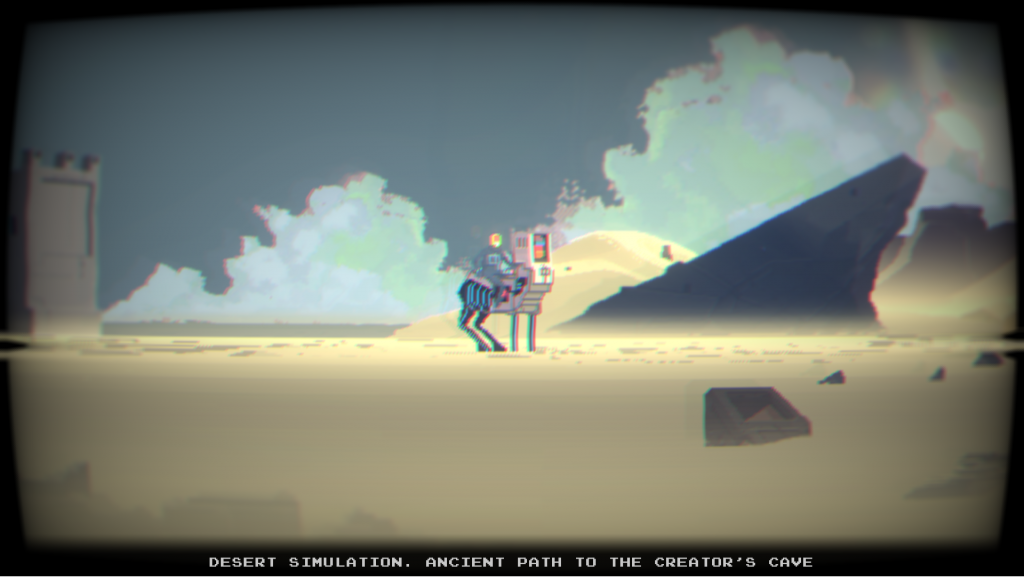
First of all, the game’s art style is in pixel-form, which suits the story and the soundtrack amazingly well. The game keeps mentioning the Tri-Chroma, the essence of the three primary colours and these colours are the most dominant throughout the game as well. Buildings and other constructions are dominated by these three tones, while environments and outdoor areas are painted a more diluted shade of these primary colours, which offer a small break from the strict monochrome nature of the buildings.

As you progress in the main story, you are tasked to restore a number of “Creator’s Memories” , which are moments from the creator of the digital world’s past. This collection of memories which you have to restore is the only way to bring back peace in the world, as it will permit the creator to get back his recollections and address the issue in the code of the world.
This is because Narita Boy has strong coding references, which brought back my old computing lectures to mind. While not a big intender of programming, I still understood a couple of references within the game, making it more enjoyable as a whole. However, this is strictly not a problem for people who have never coded one line in their life before, as the game is still amazing from start to finish.
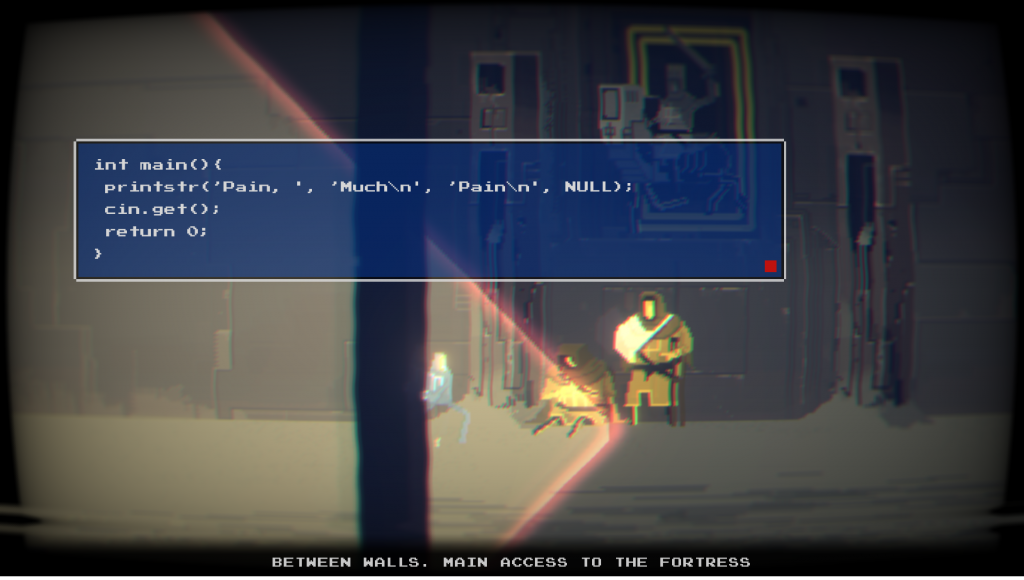
As previously mentioned, the main task of Narita Boy is to restore the Creator’s Memories. These memories take place in a hall made up of twelve distinct doors, each unlocked at gradual stages in the game’s story. Inside these memories, the game drastically slows down the pace, and from corridors thumping with synth-style music and slashing enemies you are transported to the past of the creator, with slow, calming music playing in the background. I love how your walking speed is also reduced to take in the scenario of the flashback.
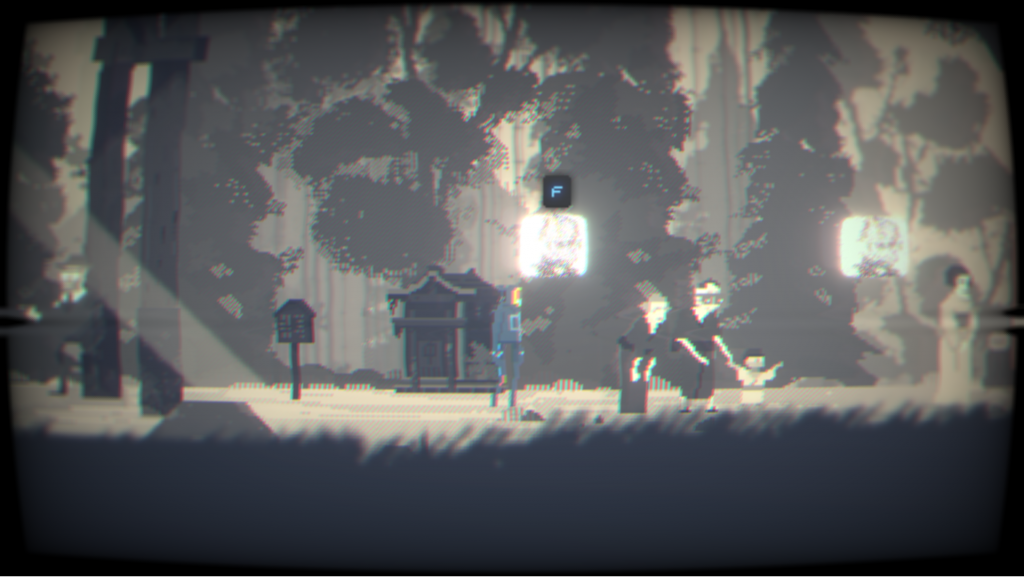
You will find prompts to trigger comments from the creator, practically explaining what is happening inside the flashback. These prompts are in the form of a box with the creator’s head flashing, since it ultimately is the creator himself who is narrating these memories. You can gather his backstory and his life throughout these memories, and these will guide Narita Boy on his mission to save the digital world from HIM.
The minions which HIM will send after you are known as Stallions, and these come in a multitude of shapes and sizes and each has its own weaknesses and strengths. As you progress throughout the story, you will discover what works and what doesn’t against any particular enemy, as well as learn new abilities which may make life much easier for you in battle. The boss fights in Narita Boy are exceptionally made as well, with throwback to bosses of old titles where you figure out their attack pattern and strike at the best time. Each boss has his own distinct attack modes, which makes learning them a fun experience and never dull.
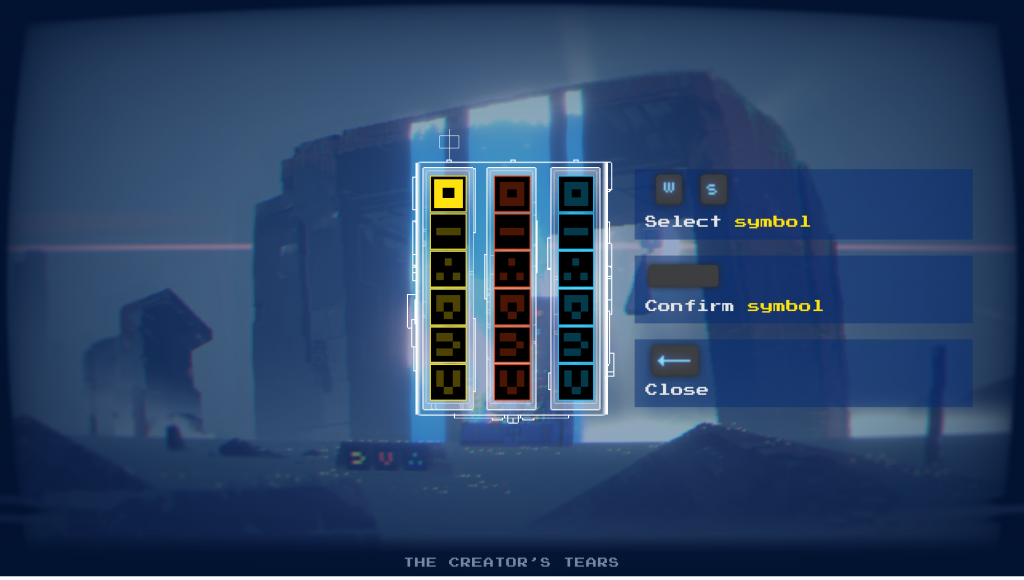
Apart from the platforming and combat, Narita Boy presents players with some puzzles along the way as well, mainly in the form of remembering patterns to open portals to key locations. These are very simple to process but will have players running around trying to discover the three patterns needed to open the door. As an NPC mentions very early on, it would be wise to write the pattern down so as to remember it later, as some hints may be a little far apart and you’d forget the first one when finding out the second.
Another standout feature of the game is the great soundtrack which is based on synth wave and retro style music. All the music throughout the game, be it the high-octane boss fights or the chill memory phases, is incredibly good, and will have you go through the soundtrack again and again. Thankfully it is available on Spotify, which is permitting me to listen to it while writing the review as well. Each track in the score is carefully assigned to a specific piece in the game, complementing it so well it makes for a match made in heaven.
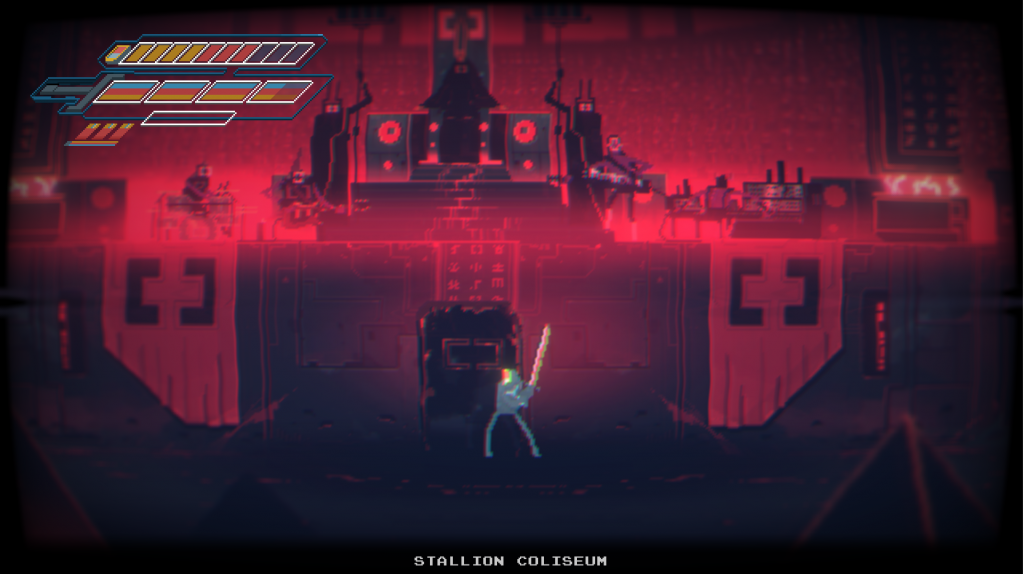
It brings great joy to experience a game like Narita Boy. Going in, I had practically no expectations of the title as it seemed fairly straightforward, but after playing the game I fell in love with it practically immediately. It has a unique charm which pulls you in and does not let go until you beat the game, which takes around 12 hours. If you love platformers, picking this game up is a no brainer, and even if not, for its budget price it’s even worth a gamble.
Check the game out on Steam!
And for more game reviews, visit our section HERE.